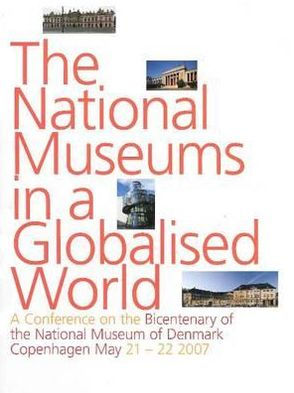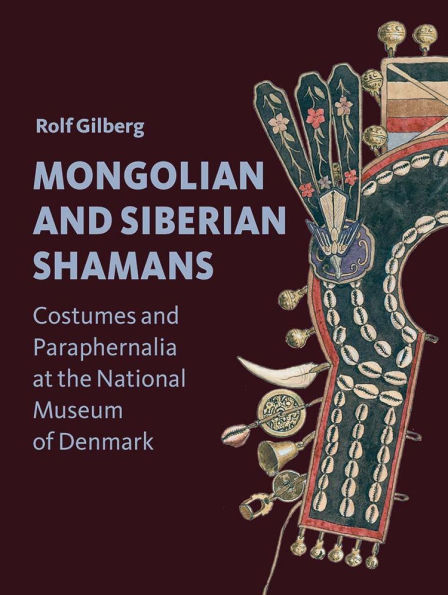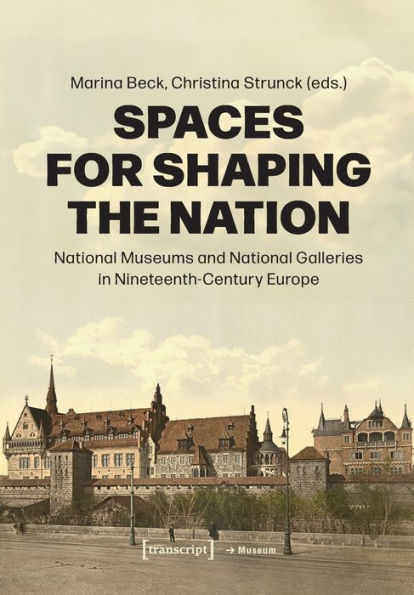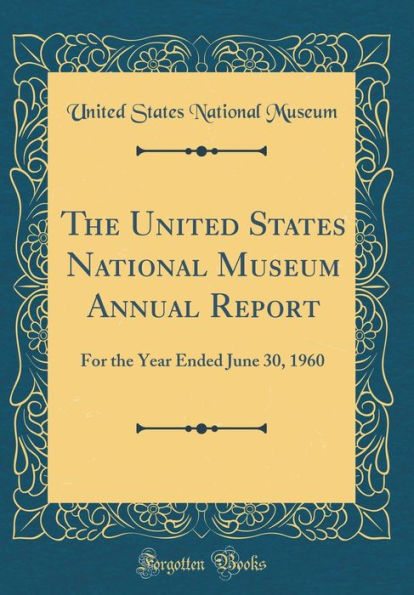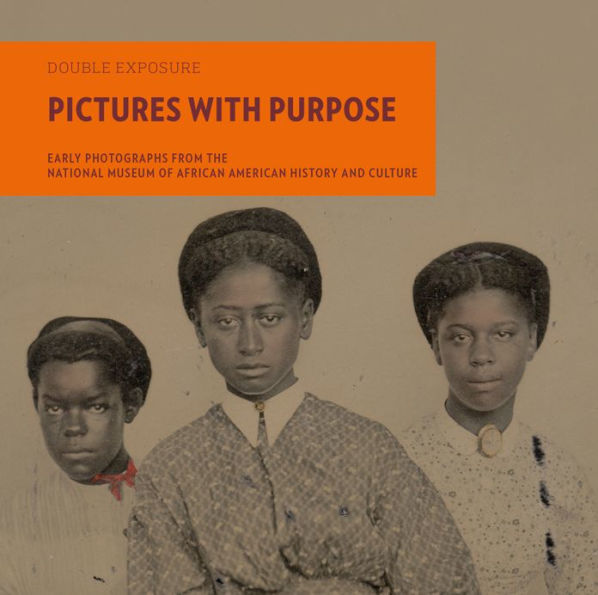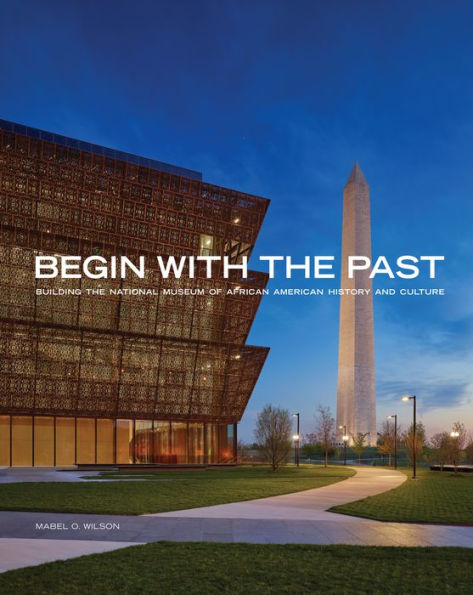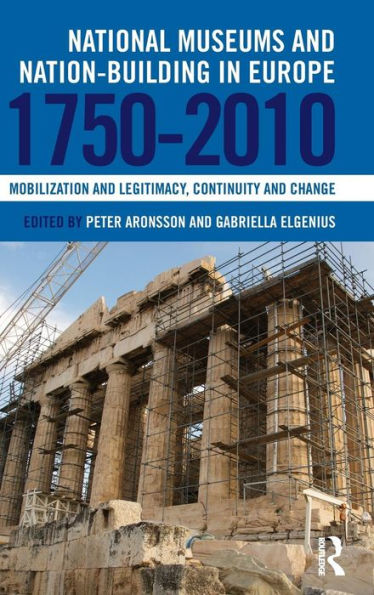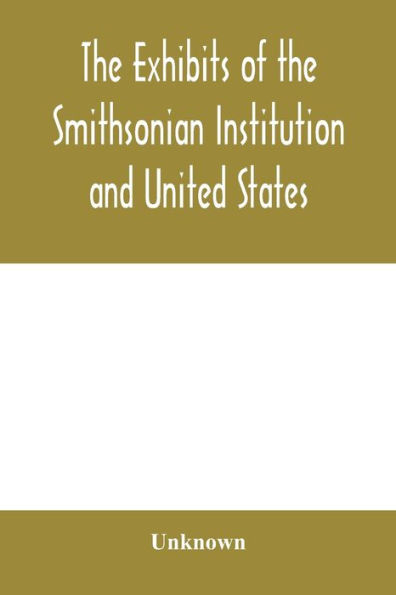Home
Scholars, Travellers and Trade: The Pioneer Years of the National Museum of Antiquities in Leiden, 1818-1840
Barnes and Noble
Scholars, Travellers and Trade: The Pioneer Years of the National Museum of Antiquities in Leiden, 1818-1840
Current price: $69.99
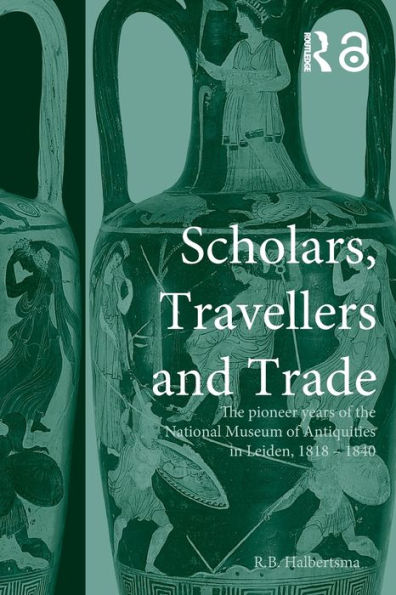

Barnes and Noble
Scholars, Travellers and Trade: The Pioneer Years of the National Museum of Antiquities in Leiden, 1818-1840
Current price: $69.99
Size: OS
Loading Inventory...
*Product information may vary - to confirm product availability, pricing, shipping and return information please contact Barnes and Noble
Today, the National Museum of Antiquities in Leiden is internationally known for its outstanding archaeological collections. Yet its origins lie in an insignificant assortment of artefacts used for study by Leiden University. How did this transformation come about?
Ruurd Halbertsma has delved into the archives to show that the appointment of Caspar Reuvens as Professor of Archaeology in 1818 was the crucial turning point. He tells the dramatic story of Reuvens'struggle to establish the museum, with battles against rival scholars, red tape and the Dutch attitude of neglect towards archaeological monuments. This book throws new light on the process of creating a national museum, and the difficulties of convincing society of the value of the past.
Ruurd Halbertsma has delved into the archives to show that the appointment of Caspar Reuvens as Professor of Archaeology in 1818 was the crucial turning point. He tells the dramatic story of Reuvens'struggle to establish the museum, with battles against rival scholars, red tape and the Dutch attitude of neglect towards archaeological monuments. This book throws new light on the process of creating a national museum, and the difficulties of convincing society of the value of the past.
